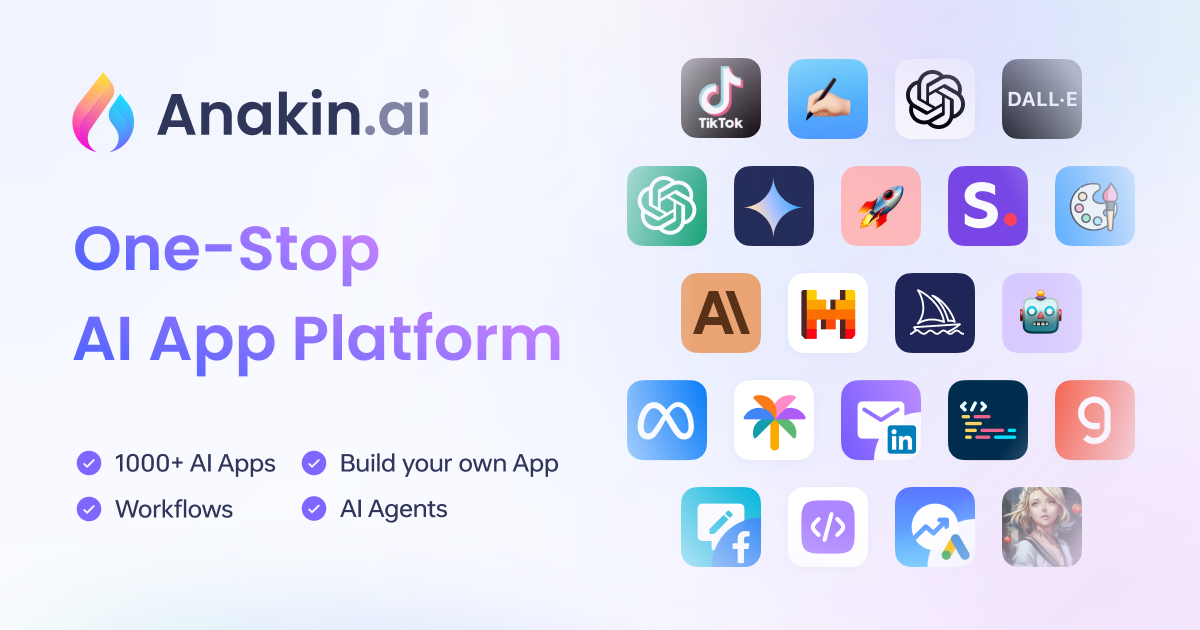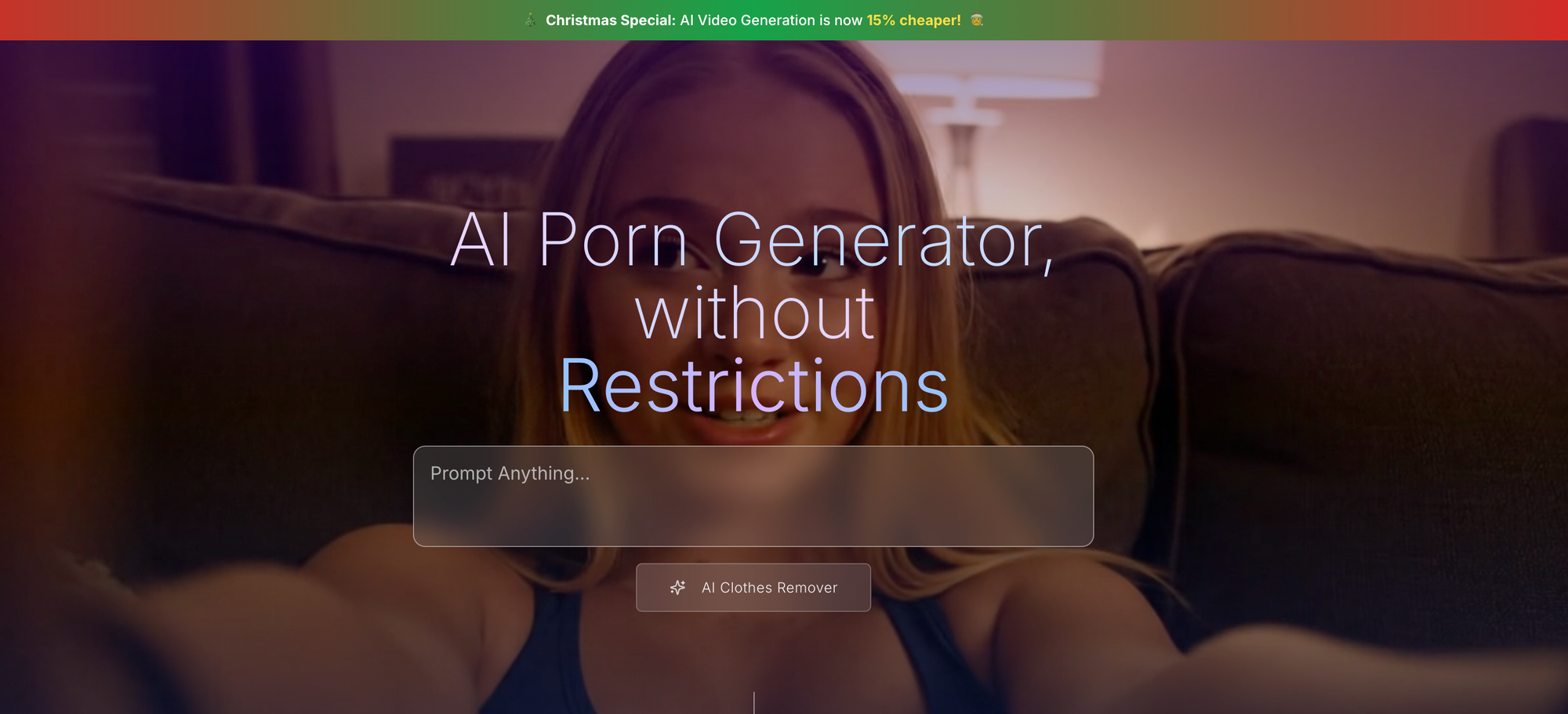
Artificial Intelligence models have evolved rapidly, with each iteration pushing the boundaries of what these systems can achieve. Today, we’ll compare five leading AI models: Meta's Llama 3.2, OpenAI’s GPT-4, OpenAI’s new O1, Gemini Ultra, and Anthropic's Claude 3.5. These models have shown significant advancements in natural language processing (NLP), multimodal capabilities, and edge AI performance. Let’s break down their performance across various benchmarks, use cases, and strengths.
Before I wrap up, I should mention that at Anakin.ai, we support all these amazing AI tools. If you’re curious and want to give them a try, just head over to app.anakin.ai/chat. There, you can explore all these LLMs by simply creating an account—it’s that easy! Whether you’re building an app, testing new models, or just curious about the latest in AI, Anakin.ai offers you access to the best tools in one convenient place.

Overview of the Models
Llama 3.2
Meta's Llama 3.2 is the latest in the Llama series, optimized for both vision and text-based tasks. It includes small and medium models like the 1B and 3B models for on-device use, as well as 11B and 90B for complex multimodal tasks. One of its standout features is its openness, offering pre-trained and instruction-tuned versions for fine-tuning in diverse applications. You can read more about Llama’s capabilities here.
GPT-4
OpenAI’s GPT-4 has been one of the most anticipated releases, following the success of GPT-3. GPT-4 is significantly more powerful, boasting billions of parameters for text generation, code interpretation, and multimodal input processing. Its strength lies in its general purpose and wide-ranging API, which supports natural language understanding, creative text generation, and image analysis. See how GPT models compare to others.
OpenAI O1
The OpenAI O1 model, recently launched, is designed to handle large-scale corporate and enterprise use cases with a focus on specialized domains such as healthcare, finance, and law. The O1 model emphasizes high-speed inference and data safety, which positions it as an enterprise-ready solution with deep learning capabilities. Explore how it compares to Claude.
Gemini Ultra
Gemini Ultra by Google DeepMind is a multimodal model built to handle vision, language, and real-time reasoning tasks. Its edge over other models lies in its efficiency in handling multimodal inputs, making it ideal for real-time object recognition and contextual responses. Learn more about its performance on vision tasks.
Claude 3.5
Developed by Anthropic, Claude 3.5 focuses on maintaining a high level of alignment with human values and offering robust instruction following. Claude models are known for their fine-tuned balance between power and safety, excelling in tasks that require ethical decision-making or sensitive responses. Discover more about Claude's ethical focus.
Core Performance and Capabilities
When we look at the core performance metrics, these models excel in different areas based on their design priorities. Below is a detailed breakdown of their primary capabilities:
Language Understanding and Generation

- Llama 3.2 offers superior token processing speed, especially for edge devices, making it highly efficient for both real-time summarization and multilingual tasks. It’s particularly suited for agentic applications that need local processing and privacy. Explore more about Llama 3.2's token processing.
- GPT-4 stands out in terms of creativity and long-form content generation. Its impressive context length and multi-turn dialogue capabilities make it ideal for more conversational AI models and applications in chatbots, creative writing, and technical documentation.
- OpenAI O1 focuses more on domain-specific applications, excelling in legal, medical, and financial fields. Its pre-trained datasets are tailored to enterprise needs, giving it an advantage in niche, high-stakes industries. Check out OpenAI O1's enterprise use cases.
- Gemini Ultra leverages DeepMind’s real-time inference capabilities, excelling at multimodal tasks like visual reasoning, object detection, and language understanding. This makes it ideal for applications in autonomous systems or robotics.
- Claude 3.5 is centered around maintaining safety and alignment while also handling text-based generation and tool usage. It's tailored for sensitive or ethical applications, where decision-making requires more careful alignment with human values.
Vision and Multimodal Capabilities

- Llama 3.2 includes models like 11B and 90B that are optimized for image captioning, visual understanding, and document-level reasoning. It’s a highly capable model for vision-language tasks and has a strong performance on benchmarks like VQAv2 and ChartQA. Discover more about its vision tasks.
- GPT-4 also supports multimodal inputs but tends to shine more in text and image synthesis rather than detailed image analysis. Its multimodal capabilities are currently more tuned towards creative generation (e.g., AI art, visual storytelling).
- OpenAI O1 has less focus on vision capabilities, instead prioritizing domain-specific text tasks, although it can still handle basic image recognition tasks in specialized fields like medical imaging.
- Gemini Ultra leads the way in real-time object recognition and contextual visual reasoning. It performs especially well on tasks involving image comprehension, such as autonomous driving systems or drone navigation. Explore real-time visual reasoning tasks with Gemini.
- Claude 3.5 does not have a primary focus on multimodal inputs but still handles vision-language tasks decently in specialized use cases. Its main strength is text-based ethical decision-making. Explore Claude’s ethical decision-making applications.
Benchmark Comparison
Below is a comparison table that highlights the performance of these models across various benchmarks:

From this table, you can see that Llama 3.2 and Gemini Ultra lead in image and vision tasks, whereas GPT-4 dominates in text-based creative tasks. OpenAI O1 shines in domain-specific text understanding, and Claude 3.5 prioritizes alignment and safety while maintaining competitive performance in instruction-following and tool-use tasks. Learn more about Llama’s benchmarks.
Use Cases and Applications
Each model is best suited for different applications depending on its strengths and capabilities.
Llama 3.2
- Best for: Real-time, privacy-focused applications on mobile and edge devices.
- Examples: Local document analysis, on-device personal assistants, summarization tools. Learn more about using Llama.
GPT-4
- Best for: Creative writing, long-form text generation, and conversational AI.
- Examples: Chatbots, virtual assistants, content creation tools like blogs, essays, and creative storytelling. Explore creative text tools with GPT-4.
OpenAI O1
- Best for: High-stakes enterprise tasks requiring precision in specialized domains.
- Examples: Legal document review, medical diagnosis tools, financial analysis. Explore how OpenAI O1 compares to other models.
Gemini Ultra
- Best for: Real-time visual reasoning, object recognition, and multimodal tasks.
- Examples: Robotics, autonomous systems, AR/VR applications. Read more on Gemini’s real-time applications.
Claude 3.5
- Best for: Ethical decision-making, alignment, and value-based systems.
- Examples: Healthcare, content moderation, educational applications. Learn more about Claude 3.5.
Conclusion
The choice between Llama 3.2, GPT-4, OpenAI O1, Gemini Ultra, and Claude 3.5 comes down to your specific needs and the context in which you want to deploy the model.
- Llama 3.2 stands out for its openness, cost-efficiency, and impressive performance in both text and vision-based tasks. It’s an excellent choice for developers looking for privacy-centric AI models that can run on edge devices, with strong performance in real-time applications. Explore more about its open-source benefits.
- GPT-4 remains the go-to for creativity and long-form content, making it highly suitable for conversational agents, content generation, and more generalized AI needs. See how GPT models compare to others.
- OpenAI O1 excels in niche applications that require high precision and domain-specific expertise, especially in industries such as healthcare, finance, and law. Learn more about OpenAI O1.
- Gemini Ultra is the king of multimodal performance, especially in real-time visual reasoning tasks. Discover Gemini’s real-time abilities.
- Claude 3.5 focuses on ethical AI, prioritizing safety, alignment, and value-sensitive decision-making. Learn more about Claude’s ethical considerations.
Ultimately, the choice of which model to use should be informed by your specific use case, the type of data you're working with, and whether you prioritize cost, open-source availability, multimodal performance, or domain expertise.
from Anakin Blog http://anakin.ai/blog/llama-3-2-vs-gpt-4-vs-openai-o1-vs-gemini-ultra-vs-claude-3-5-which-ai-model-is-right-for-you/
via IFTTT


No comments:
Post a Comment